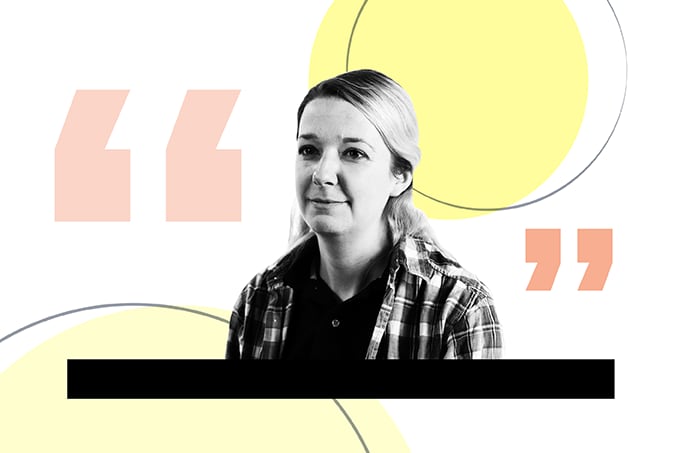
2025 has been a year of substantial setbacks for the AAV gene therapy field. Fatalities due to severe toxicity have been reported from ongoing clinical trials. As a consequence, venture capital investments in gene therapy have plummeted by over 80 percent since its peak in 2020-21, and a number of high-profile biopharma companies have opted to move out of AAV gene therapy altogether, including Pfizer, Vertex, Biomarin, and Biogen. Are these setbacks temporary, or is the AAV vector destined for the therapeutic graveyard?
To address this question, one needs to understand the core issues driving this exodus from AAV gene therapy and whether they can be resolved. Current challenges relate to both commercial viability and technical shortcomings – and these are interconnected in many ways. Concerns regarding commercial viability arise from the one-time treatment nature of AAV gene therapy and the limited patient populations for the genetic diseases currently addressable by this technology. To recover their development costs, biotechs are forced to charge exorbitant prices, and even then still struggle to make a return on the development investment.
A major technical challenge for AAV gene therapy, particularly when delivered systemically, is to achieve sufficient gene delivery and expression levels. Extremely high therapeutic doses are therefore often required for clinical benefit. Critical safety issues arise when exposing vulnerable patients to massive viral loads, with severe toxicity observed in both liver and target tissues. This leads to the need to develop parallel immune suppressive treatment regimens, which can have their own safety issues such as organ damage, inflammation and increased risk of secondary infections.
Moreover, the requirement for high therapeutic dose levels drives up manufacturing complexity and cost, adding further risk of increased cost. Understandably, these factors drive both belt-tightening biotechs and risk-wary investors away from the space. However, the AAV vector remains the most successful, currently feasible strategy to deliver genetic therapies. Fortunately, not everyone has given up. Substantial academic and industry efforts still aim to resolve the technical issues around AAV gene therapy.
To date, most efforts have centred on two approaches: developing engineered AAV capsids with more precise tissue and cell type targeting, and identifying and optimizing cell-type specific promoter elements that minimize off-target expression of the genetic payload. Both are showing promise in several areas including AAV capsid engineering, which is becoming increasingly sophisticated and will likely become key to ensuring the therapeutic precision of next generation gene therapies. However promising, these are not yet clinically validated. Wild-type “plain vanilla” AAVs therefore remain the backbone of gene therapy.
Another emerging strategy to enhance AAVs is to boost the activity and stability of the mRNA transcripts expressed by the vector. Efforts are underway to transcribe and circularize mRNA from the AAV inside the target cell. Circular RNA (circRNA) has a natural advantage in that it is resistant to most RNA degradation pathways, which leads to a dramatically extended half-life – up to 75 times longer.
The enhanced stability of circRNA allows the RNA to accumulate to a higher steady-state level in the target cell, thereby increasing the downstream protein expression level. In pre-clinical experiments, it has been demonstrated that the circular RNA expression system can boost the gene expression level of AAVs by 40-fold in cardiovascular tissue and by seven-fold in the eye. If such a level of enhancement translates in patients, then circRNA based expression could enable substantial dose reduction, and thereby alleviate one of the major caveats of current gold-standard AAV gene therapy.
To maximize the therapeutic potential and commercial viability of AAV gene therapy, several enhancement strategies will likely need to converge into next generation vector constructs that incorporate multiple new features. As an example, an engineered AAV capsid with selective targeting for cardiomyocytes merged with circRNA expression technology could create therapeutic synergy by enabling dose reduction, as well as increased on-target and reduced off-target gene expression. The result would be an improved safety profile, lower development risk, and simplified manufacturing. This would, in my view, change the therapeutic and commercial viability calculations for both biopharma sponsors and investors.
Rather than pulling out of the AAV field altogether, joint strategic efforts between academia, industry, and investors into AAV-enabling technologies that enhance both precision and potency could prove highly rewarding, deliver treatment options to patients with currently incurable genetic diseases, and continue the AAV vector's position as the gene therapy work horse for years to come.




